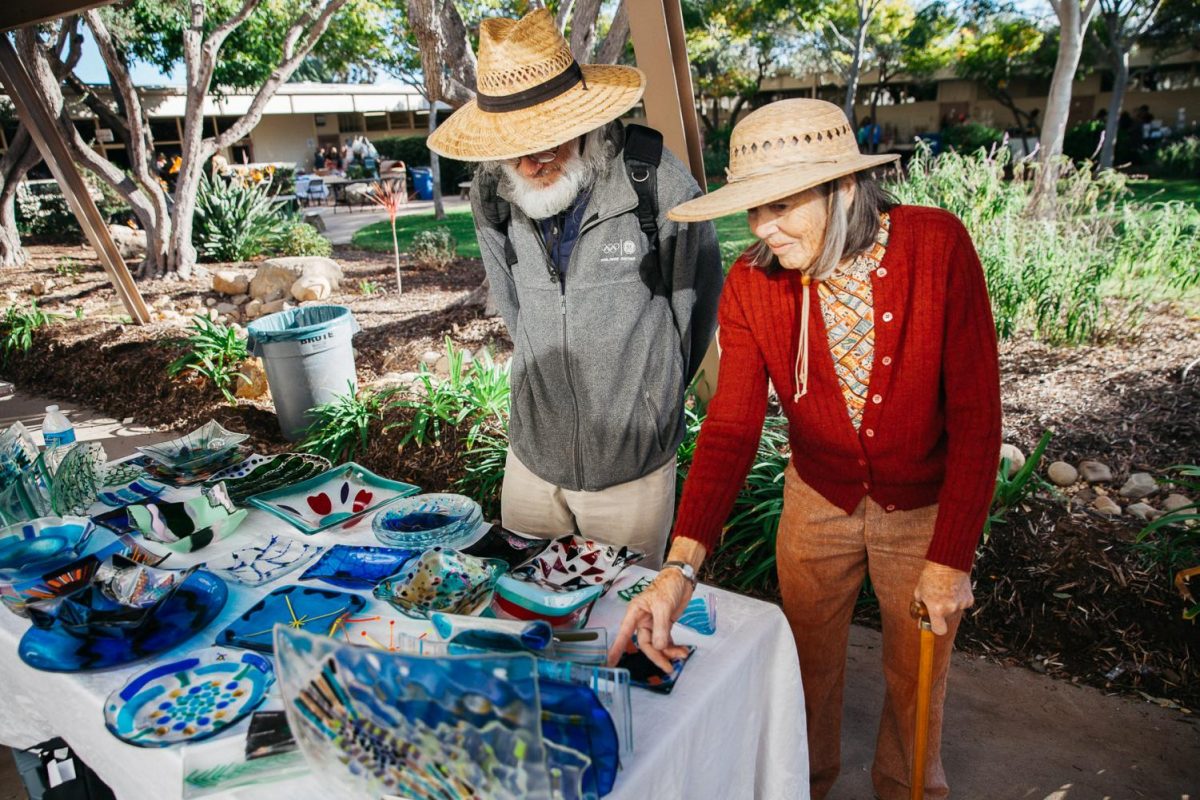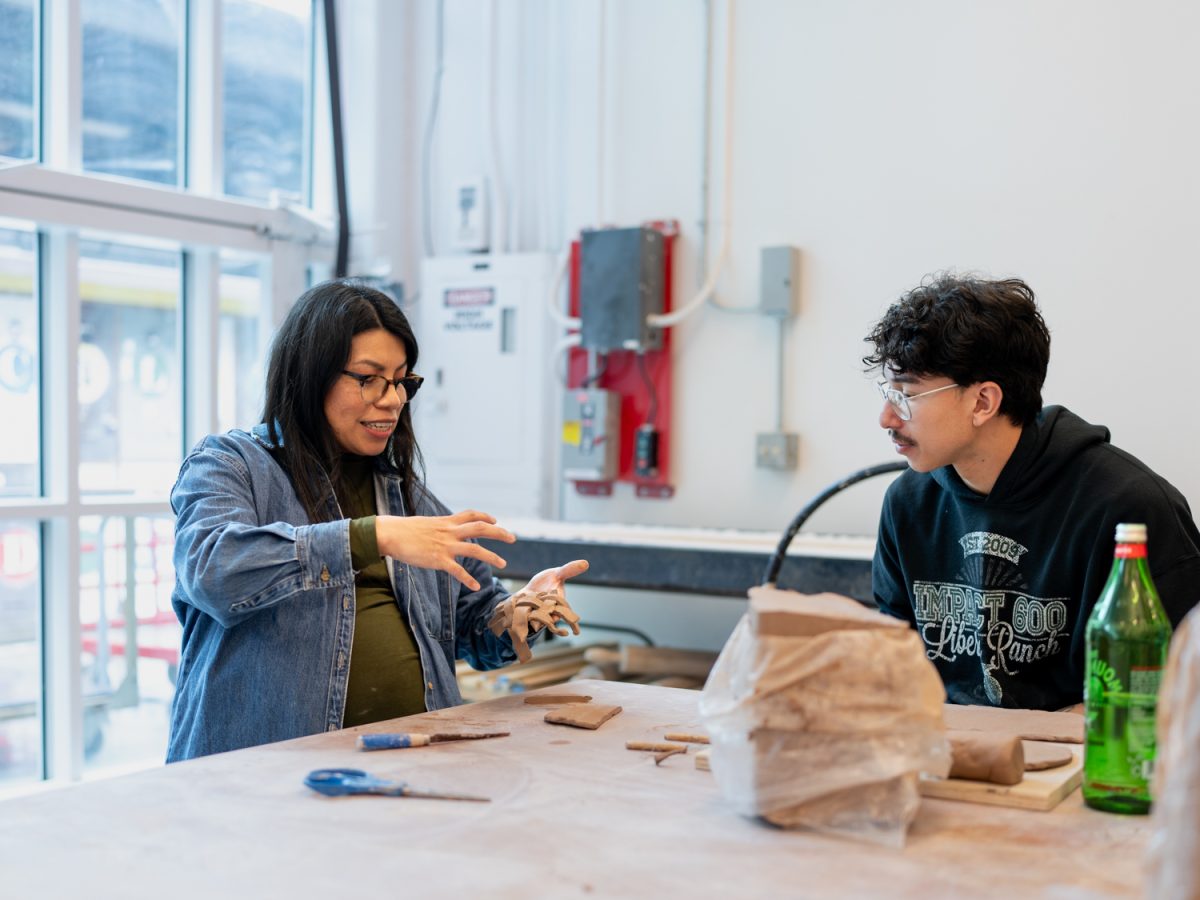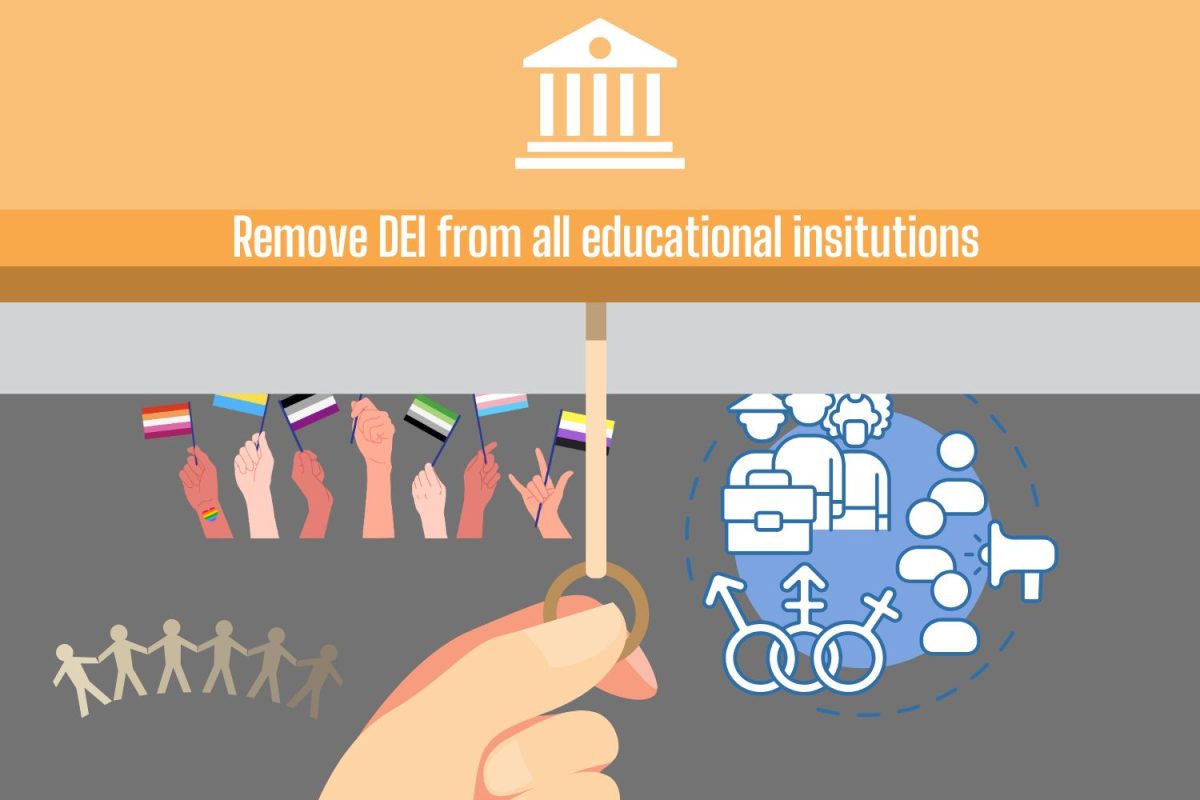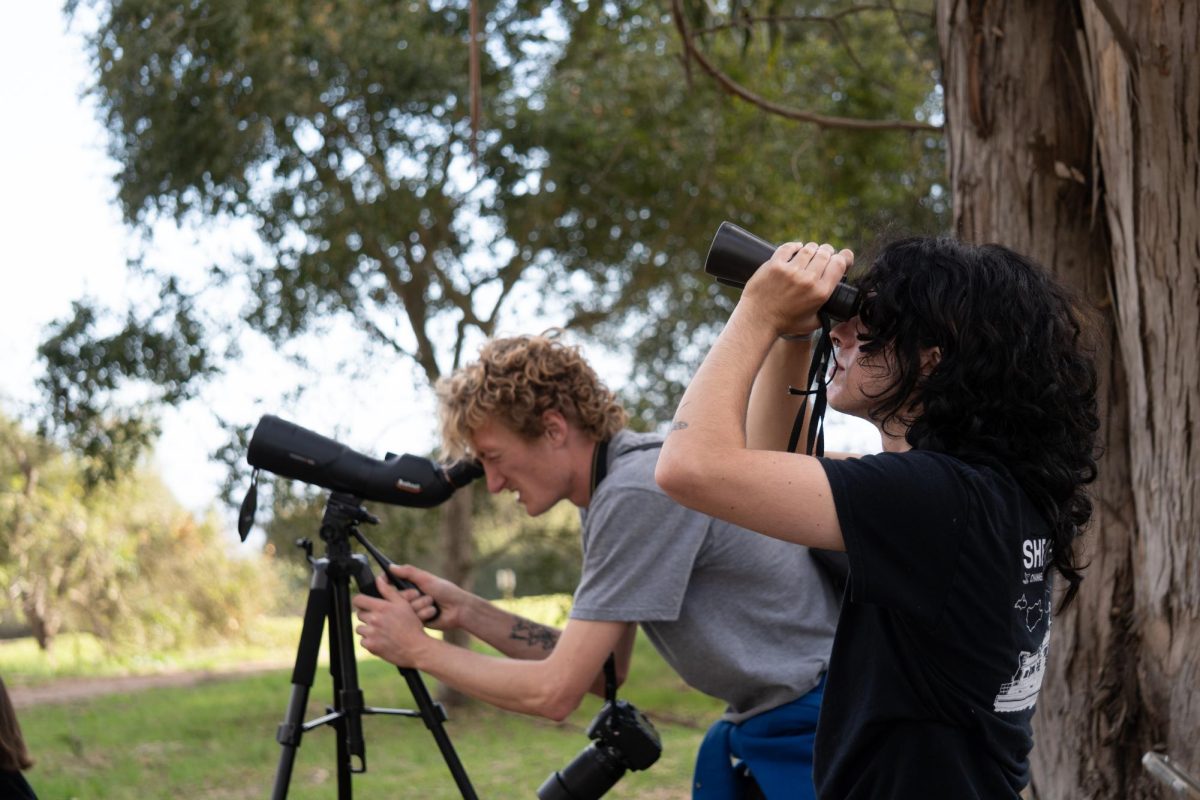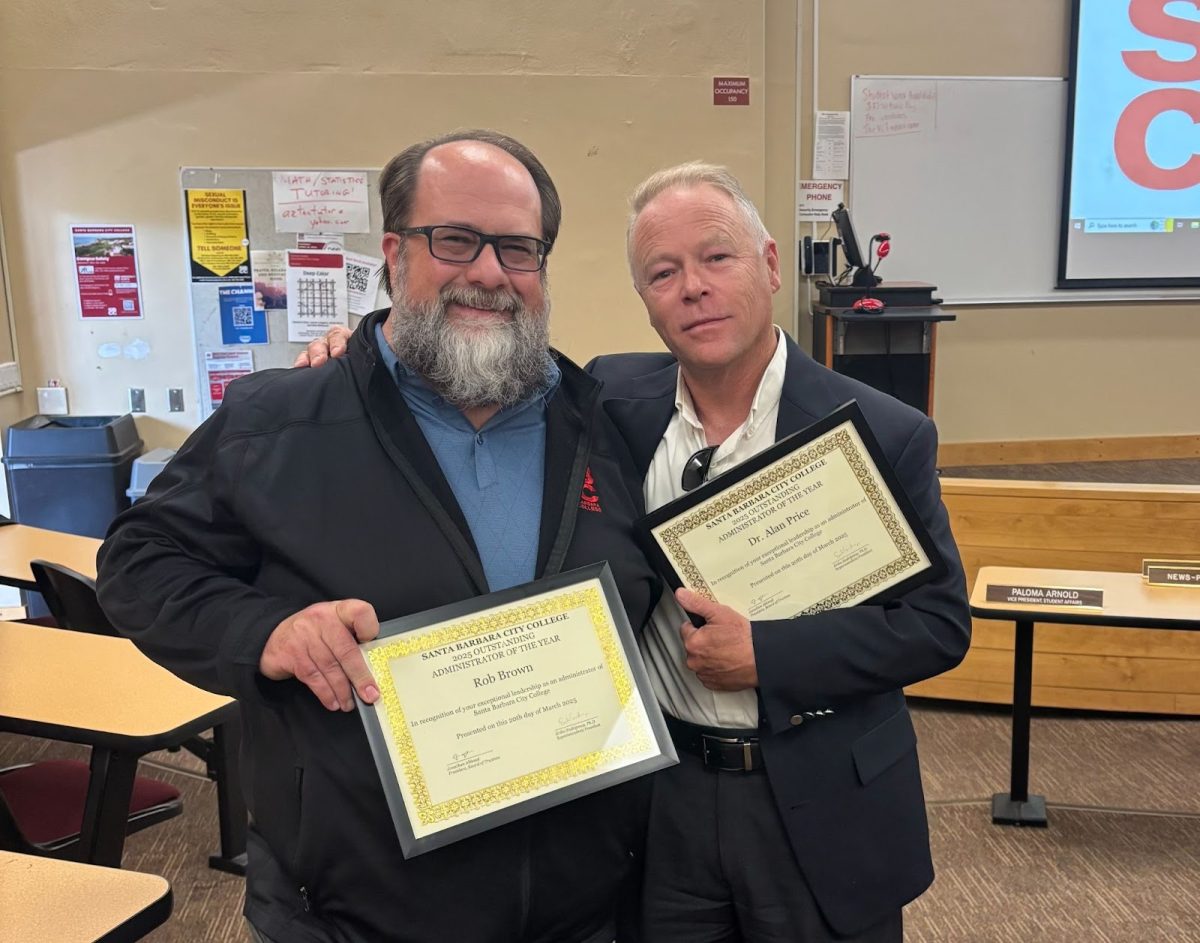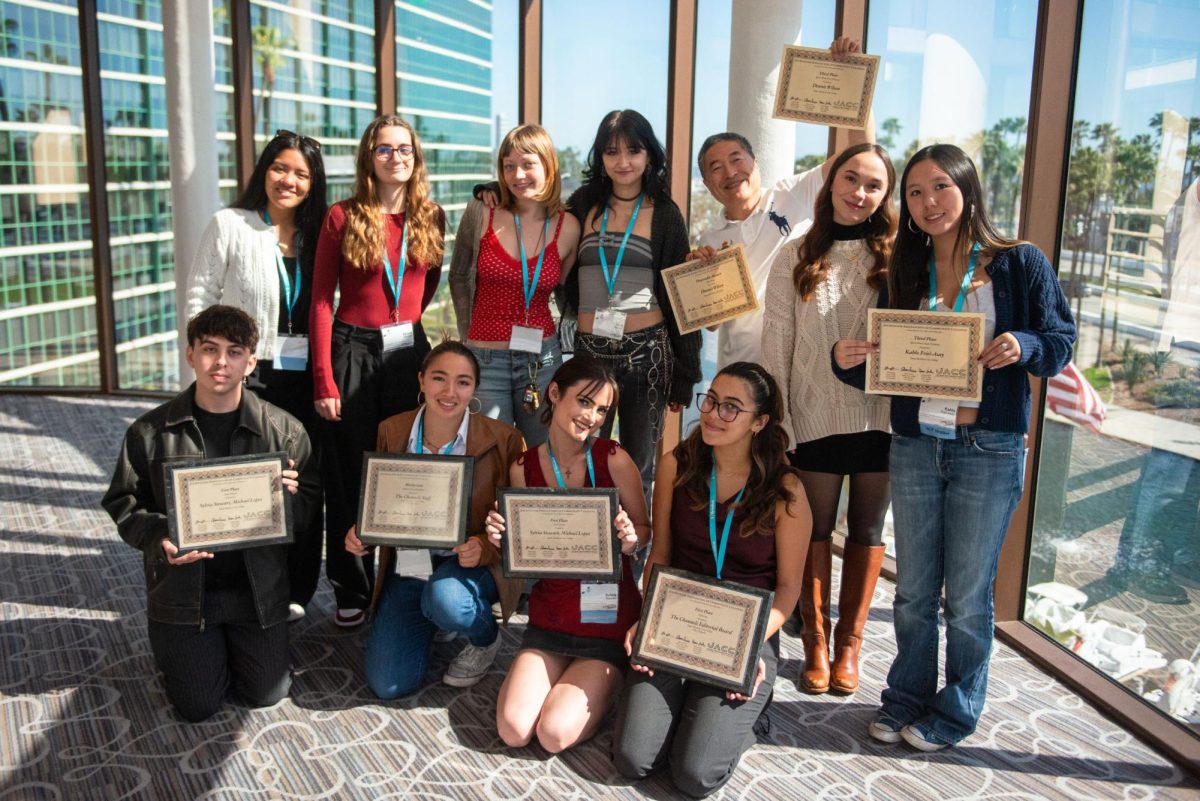Wild orangutans regularly kick something hard, on purpose. There’s a fun mnemonic, but not very useful. So, how do we come up with useful mnemonics?
On Thursday, the Cartwright Learning Resource Center offered a one-hour workshop on improving memory techniques as part of its learning skills workshop series this semester. Looking to brush up on my memory skills, I attended the workshop and made sure to remember a few tips to share.
Margaret Prothero, chair of the English skills department, led the workshop in the West Campus Classroom Building, Room 103.
After some introductions, Prothero opened with a story that had a few odd twists and turns. Before long, all 20-odd students in the workshop had their eyes closed and were imagining themselves sorting Skittles by color at their dining tables and dodging laser beams in their hallways.
Unbeknownst to us, Prothero was planting seeds for concepts from her lecture she’d want us to walk away with. She was telling a memorable story to help us remember those concepts.
The first of these concepts was encoding. The idea behind encoding is our neurons fire faster and more effectively after repetition. We carve out neural pathways with repetition. Repetition is key.
The second concept was intent, which I remembered because Prothero had us imagine we were crawling into a tent in her story. The idea is we remember things we make intentions to remember. Paying deliberate attention to something means you’ll have a higher chance of recalling it.
Prothero also talked about how it was useful to find patterns, and create some sort of meaning out of meaningless information. She presented slides with random images and walked us through different ways we could organize the images, using familiar concepts and stories.
I was able to recall some images like a clown and elephant because I grouped them into things you’d see at a circus. For another exercise, I dreamed up a little cartoon scene and replayed it in my head.
Out of all the memory techniques Prothero taught us, the granddaddy of them all was the memory castle.
For this trick, you’re supposed to imagine a physical space you know well, like a house you’ve lived in, and fill it with objects. This is where the creative storytelling comes in.
The theory goes, if you create a bizarre enough story, you’ll be able to peg dull facts to memorable objects in your castle. We watched a clip of Benedict Cumberbatch’s Sherlock, who performs some jedi-like mental gymnastics to retrieve some information from his memory castle. It was epic.
Apart from the memory castles, Prothero reminded us that there’s good old fashioned singing, rhyming, and mnemonics that help you memorize things like math formulas and grocery lists.These classics don’t sound as fancy as memory castles, but they still do the job.
Now, can you remember my bad WORKSHOP mnemonic from the beginning of the story? Hint: It had to do with orangutans.




